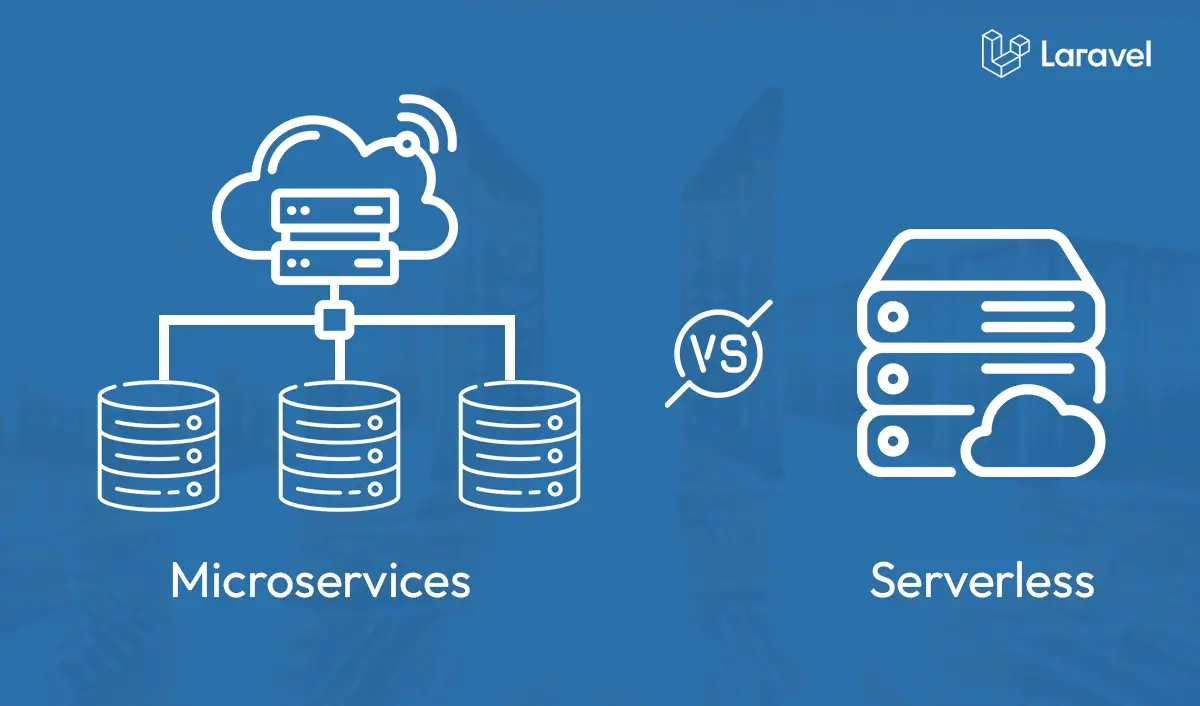
Exploring Laravel: Microservices and Serverless Architectures
Introduction
Hello, Fellow Laravel Enthusiasts! Today, I want to dive into two exciting architectural paradigms that can elevate your Laravel applications: Microservices Architecture and Serverless Architecture. These approaches are perfect for building scalable, efficient, and innovative applications. Let’s explore how Laravel can be your go-to framework for these modern architectures.
What is Microservices Architecture?
Microservices architecture is a design pattern where an application is composed of small, independent services that communicate over APIs. This modular approach allows for independent deployment and scaling, making it ideal for large-scale applications.
Why Use Laravel for Microservices?
Laravel’s elegant syntax and robust features make it an excellent choice for building microservices. Here are some reasons why:
Modularity
Laravel’s modular structure allows you to break down your application into smaller, manageable services.
Scalability
Each microservice can be independently scaled according to demand.
Ease of Integration
Laravel’s support for various tools and libraries simplifies API communication and integration.
Tools and Techniques
1.Guzzle HTTP Client
To facilitate communication between microservices, I recommend using the Guzzle HTTP client. It’s an excellent tool for efficiently managing HTTP requests and processing responses.
useGuzzleHttp\Client;
$client = newClient();
$response = $client-$request('GET', 'http://example.com/api/service');
$body = $response->getBody();
2.Containerization with Docker and Kubernetes
For deploying and managing your microservices, consider using Docker and Kubernetes. Docker allows you to containerize your services, ensuring consistency across different environments. Kubernetes helps in orchestrating these containers, providing features like load balancing, scaling, and automated deployments.
#Dockerfile
FROM php:7.4-fpm
COPY . /var/www
WORKDIR /var/www
RUN docker-php-ext-install pdopdo_mysql
#Kubernetes Deployment
apiVersion: apps/v1
kind: Deployment
metadata:
name: laravel-service
spec:
replicas: 3
template:
spec:
containers:
- name: laravel
image: laravel service:latest
ports:
- containerPort: 80
Serverless Architecture Using Laravel
What is Serverless Architecture?
Serverless architecture enables developers to create and run applications without the need to manage servers. The cloud provider automatically handles the allocation of machine resources.
Benefits of Serverless with Laravel
Reduced Server Management
Laravel’s modular structure allows you to break down your application into smaller, manageable services.
Cost Efficiency
Each microservice can be independently scaled according to demand.
Scalability
Laravel’s support for various tools and libraries simplifies API communication and integration.
Implementing Serverless Architecture
AWS Lambda and Google Cloud Functions
Providers like AWS Lambda and Google Cloud Functions are excellent for implementing serverless architecture. They allow you to run your Laravel functions in response to events without provisioning or managing servers.
// AWS Lambda Function
useBref\Context\Context;
useBref\Event\Http\HttpRequestEvent;
useBref\Event\Http\HttpResponse;
functionhandle(HttpRequestEvent$event, Context $context): HttpResponse {
return new HttpResponse('Hello from Laravel on AWS Lambda!');
}
Event-Driven Architecture
In a serverless environment, you can leverage event-driven architecture to trigger functions based on specific events, such as HTTP requests, database changes, or file uploads.
#serverless.yml
service: laravel-service
provider:
name: aws
runtime: nodejs14.x
functions:
web:
handler: public/index.php
events:
- http:
path: /
method: get>
Conclusion
Embracing Microservices and Serverless Architectures with Laravel can significantly enhance the scalability, efficiency, and innovation of your applications. Whether you’re looking to break down a monolithic application into microservices or leverage the power of serverless computing, Laravel provides the tools and flexibility you need.
😀 Happy coding!
